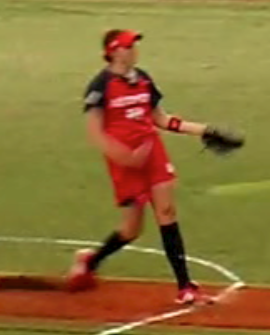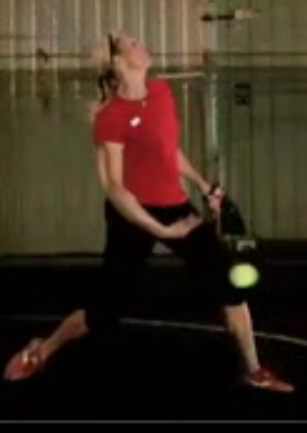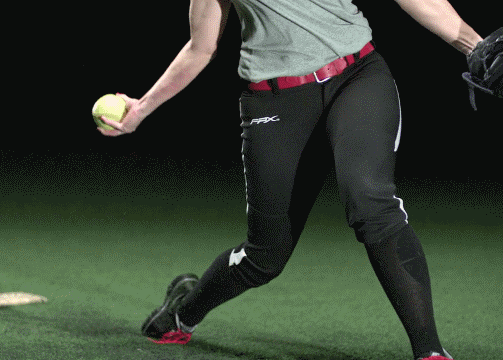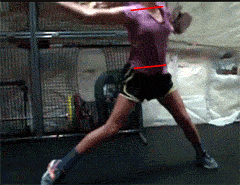javasource
6-4-3 = 2
I won't speak for them... but I'll give you my opinions:
1) The majority of people on this site are helping someone else... so the vantage point of "coaches eye" has become the norm on here. It was backwards for me, too. Your description is backwards, though... RHP's never face 1B, you must be a lefty.
45-degrees is open, IMO... like, the door is half-way open. You can't be a degree of closed... but a door can be partially open.
I think you're referring to the clock... but perhaps I'm wrong...???
2) Resistance is created with the front leg... you're talking about two different legs. For the record, I don't like rear zombie leg... and Rick is referencing posture on a drop ball, to which I completely agree.
3) When you're powering the whip, being "DFP open" allows you to do so. That's +45-degrees (facing third more than home)... or across the body. The hip snap Rick references is something that happens after ADduction. One is a focus on what happens from 12-8... the other a focus on what happens from 8-6... per se...
4) I'll let BM chime in on that...
1) The majority of people on this site are helping someone else... so the vantage point of "coaches eye" has become the norm on here. It was backwards for me, too. Your description is backwards, though... RHP's never face 1B, you must be a lefty.
45-degrees is open, IMO... like, the door is half-way open. You can't be a degree of closed... but a door can be partially open.
I think you're referring to the clock... but perhaps I'm wrong...???
2) Resistance is created with the front leg... you're talking about two different legs. For the record, I don't like rear zombie leg... and Rick is referencing posture on a drop ball, to which I completely agree.
3) When you're powering the whip, being "DFP open" allows you to do so. That's +45-degrees (facing third more than home)... or across the body. The hip snap Rick references is something that happens after ADduction. One is a focus on what happens from 12-8... the other a focus on what happens from 8-6... per se...
4) I'll let BM chime in on that...






